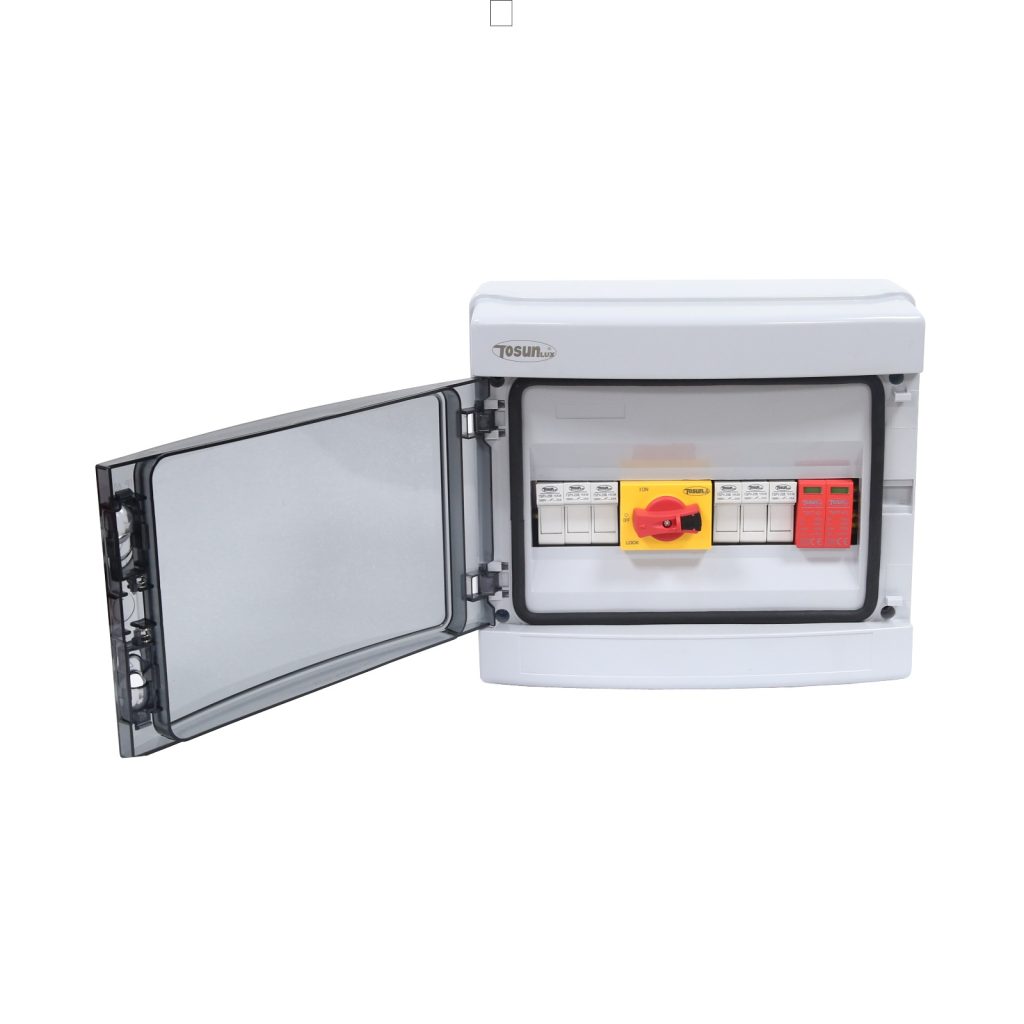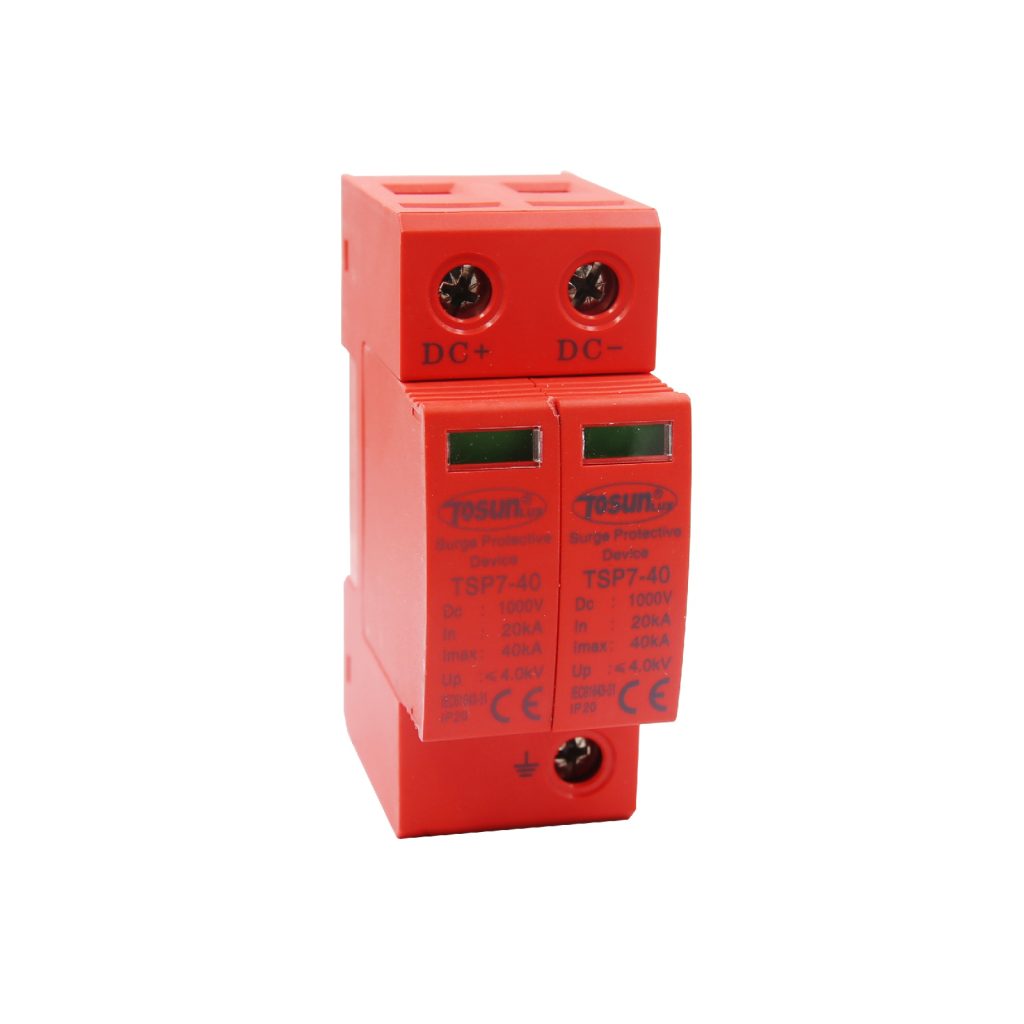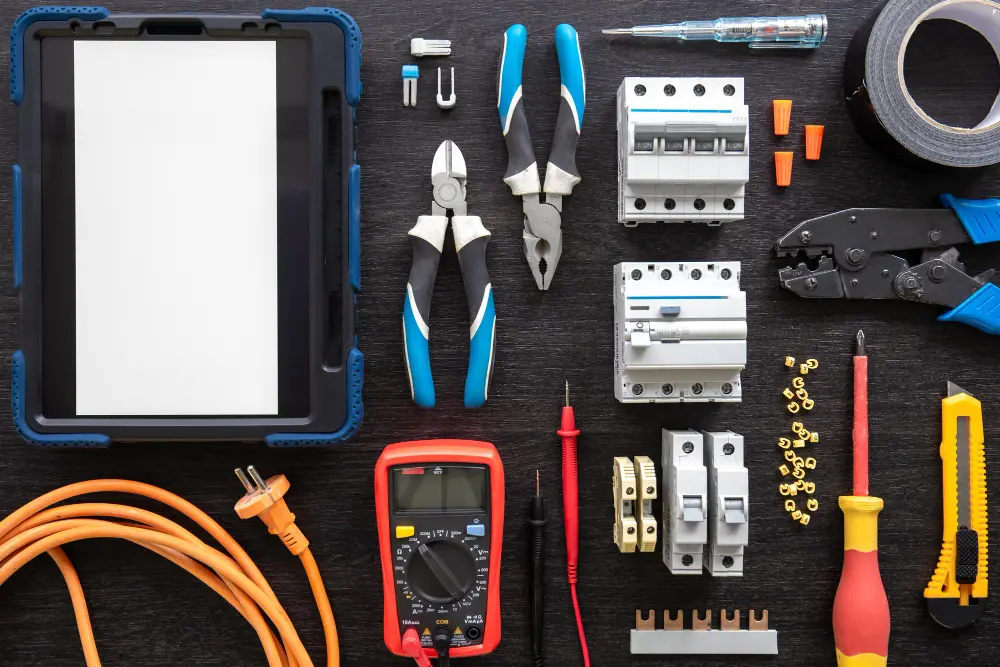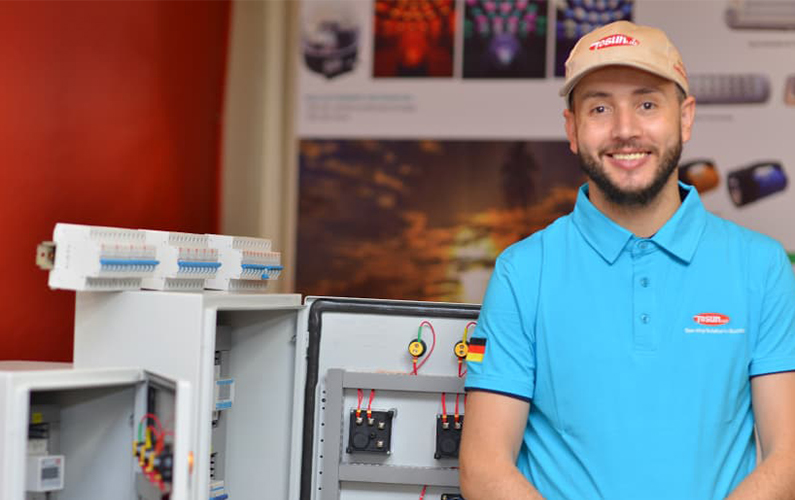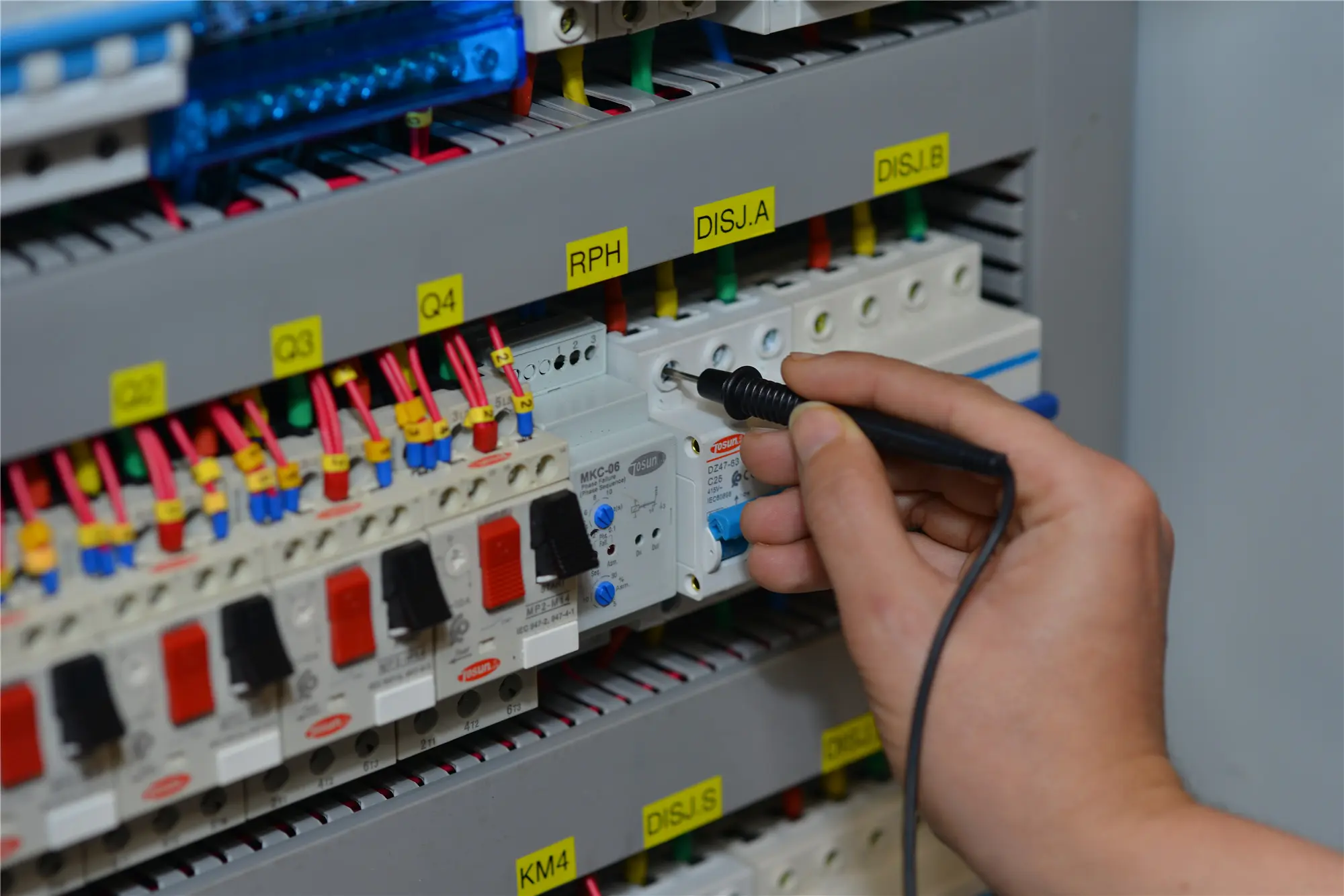Everything You Need to Know About New Energy Devices
Table of Contents
ToggleThe world is on the cusp of an unprecedented revolution in energy. A new wave of connected devices is driving everything from cars, homes, hospitals, and schools – to smart electric grids. This revolution will affect every aspect of our lives!
There is an abundance of energy out there and many ways to tap it. Traditional power sources are no longer the only options; there’s now a vast array of novel and nebulous solutions that can turn your home into an energy-saving oasis. From high-tech to low-cost options, there is no end to what can be explored. The biggest challenge lies in narrowing down this field and coming up with a viable list – plus, you have limited time! Fortunately, many movers and shakers are beginning to show their faces in big ways.
What Are New Energy Devices?
Renewable sources like wind, solar, and bioenergy – the organic matter we burn for fuel – have long been recognized as essential tools in combatting climate change. Yet burning fossil fuels to generate electricity – which contributes to global warming – also has negative consequences on both human health and the environment.
The race to develop scalable renewable energy conversion and storage technologies has intensified as the world’s population grows and climate change becomes more pressing. Mechanical engineers are scrambling to create solutions that can effectively capture this power and store it sustainably.
Furthermore, these technologies have the potential to revolutionize industries in numerous ways. For instance, using zero-energy devices more intelligently could enable the monitoring and automation of processes across a range of sectors – from healthcare and transport to retail – providing immense advantages.
Imagine purchasing a shirt from a department store that contains an embedded zero-energy device connected to their network and alerting them of your interest in this particular style or model of the shirt. This data could enable the shop to offer similar items when they have them in stock, potentially revolutionizing retail itself with a smarter use of these devices.
However, these future technologies must first overcome some hurdles before they can be widely adopted. These include addressing energy harvesting and communication issues as well as redesigning mobility handling so that many devices can be operated without quickly draining battery power.
Types of New Energy Devices
New energy devices are being designed to capture and store energy from various sources, such as electrochemical energy storage, solar power, and more.
Electrical energy is a ubiquitous form of power that pervades our daily lives – from heating applications and lighting systems to electric drive vehicles.
Battery technology has become an integral part of modern life and continues to evolve to meet the ever-increasing need for compact, efficient energy storage.
- Battery Technology
Battery technology is a crucial aspect of developing new energy devices. Batteries utilize chemistry to generate, absorb and transfer electricity from the anode (negative electrode) to the cathode (positive electrode).
Battery technology will continue to develop and improve as we develop more portable electronics and electric vehicles that require batteries, making them increasingly essential for the future. Batteries must provide more capacity in small spaces while offering higher levels of dependability.
- Renewable Fuels
Renewable energies, also referred to as green or clean energy, are those produced from natural resources. Examples include solar energy, wind power, and geothermal energy sources.
The term “renewable” describes resources that replenish themselves naturally over time. Unlike fossil fuels, which require centuries to replenish themselves, renewable resources can be created and utilized again quickly.
- Solid Electrolytes
Solid electrolytes, a new type of battery that uses solid materials instead of liquids for conductivity between electrodes, have gained considerable interest and investment in recent years. The technology is expected to provide new battery-powering options for electric vehicles, mobile phones, and small devices such as sensors.
Electrolytes work to remove charge clouds by moving their ions, which allows reactions to continue. Common electrolytes include sodium, potassium, chloride, calcium, magnesium, and phosphate in solution or melt form.
- Electric Vehicles
One of the most significant new energy devices is electric vehicles, which use electricity from a battery to run their motor. Electric cars produce zero tailpipe emissions and are much more efficient than gasoline engines.
Electric vehicles (EVs) come in a range of vehicle types, such as sedans, hatchbacks, SUVs, and pick-up trucks. Some even run on fuel cell technology which generates its own electricity when hydrogen within the cell reacts with oxygen from the air.
- Biofuels
Biofuels are a type of renewable energy source that uses organic materials like plants, crops, and animal waste to create fuels. They offer an alternative to fossil fuels like coal and petroleum.
Biofuels can be an easy, sustainable option to petroleum-based fuels, with very low emissions of greenhouse gases. When burned, the carbon dioxide released by plants during production is recycled back into the air – helping to prevent global warming by recycling carbon dioxide back into circulation.
Uses of New Energy Devices
Energy is essential to our daily lives – electricity, light, sound, heat, and gravitational force. In order to make our world a better place, it is essential that we explore alternative sources of fossil fuels that are environmentally friendly and produce no pollution.
Solar power is the most prevalent renewable form of energy and has been around for years as a cost-effective and clean alternative to electricity.
Wind energy has been used for centuries to power ships and boats, as well as produce energy for smaller applications like milling or pumping.
Floating photovoltaic panels on the surface of the water are becoming more and more commonplace in today’s global energy market. Not only do they prevent water evaporation in dry regions, but they offer an efficient way to capture solar energy as well.
There is a rising demand in the energy sector for an efficient tool for visualization across all sectors. By utilizing sensors, IoT, and other operational technologies, they help reduce operational costs while increasing efficiency.
TOSUNlux offers a vast selection of low-voltage electrical products, such as LED lighting, circuit breakers, power factor correction capacitors, and more. All these items are constructed with top-notch materials for aesthetics and functionality alike.
Tel: +86-577-88671000
E-mail: ceo@tosun.com
Skype: tosunelectric
Wechat: +86-139 6881 9286
WhatsApp: +86-139 0587 7291
Address: Room No.1001 Wenzhou Fortune Center,Station Road, Wenzhou, China
REQUEST A QUOTE
WhatsApp us
 : +86-139 0587 7291
: +86-139 0587 7291 English
English Español
Español Русский
Русский Français
Français العربية
العربية Português do Brasil
Português do Brasil Українська
Українська Türkçe
Türkçe Polski
Polski Nederlands
Nederlands Italiano
Italiano Bahasa Indonesia
Bahasa Indonesia हिन्दी
हिन्दी اردو
اردو አማርኛ
አማርኛ Հայերեն
Հայերեն ไทย
ไทย Монгол
Монгол فارسی
فارسی Shqip
Shqip Ελληνικά
Ελληνικά
